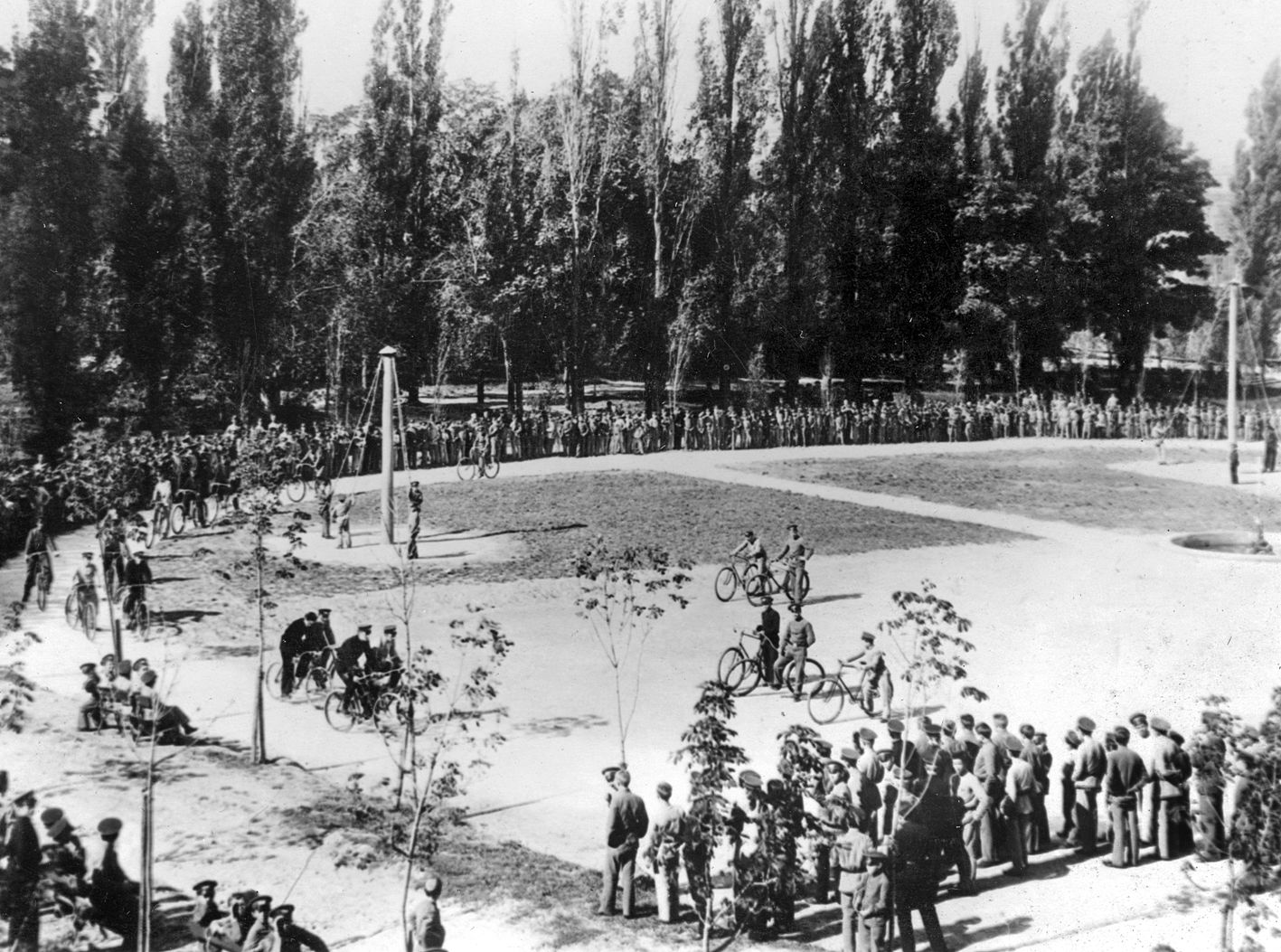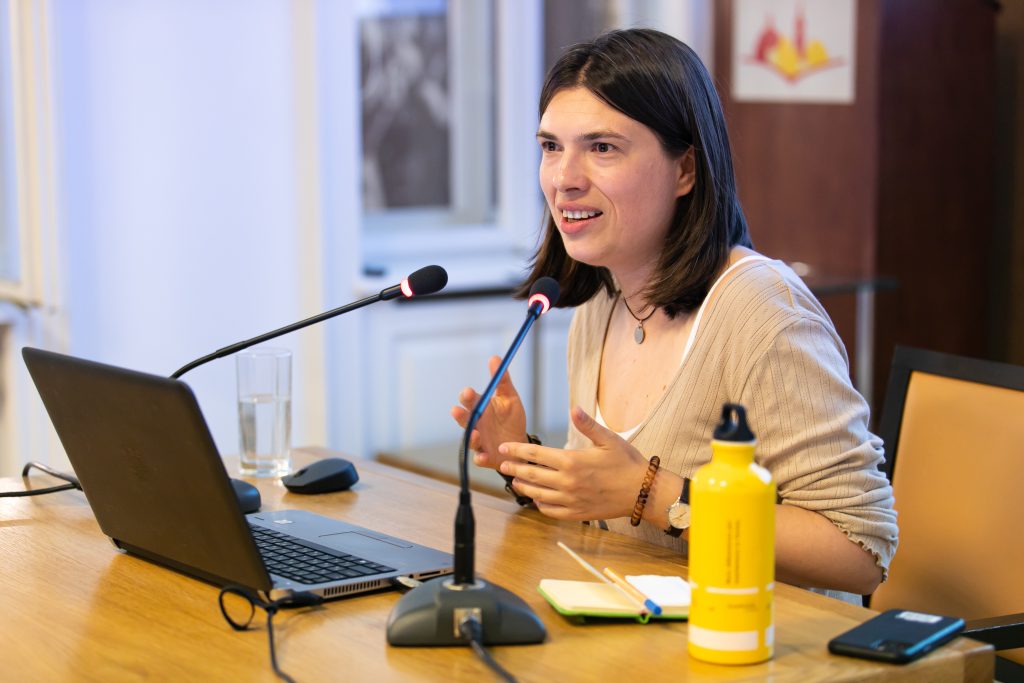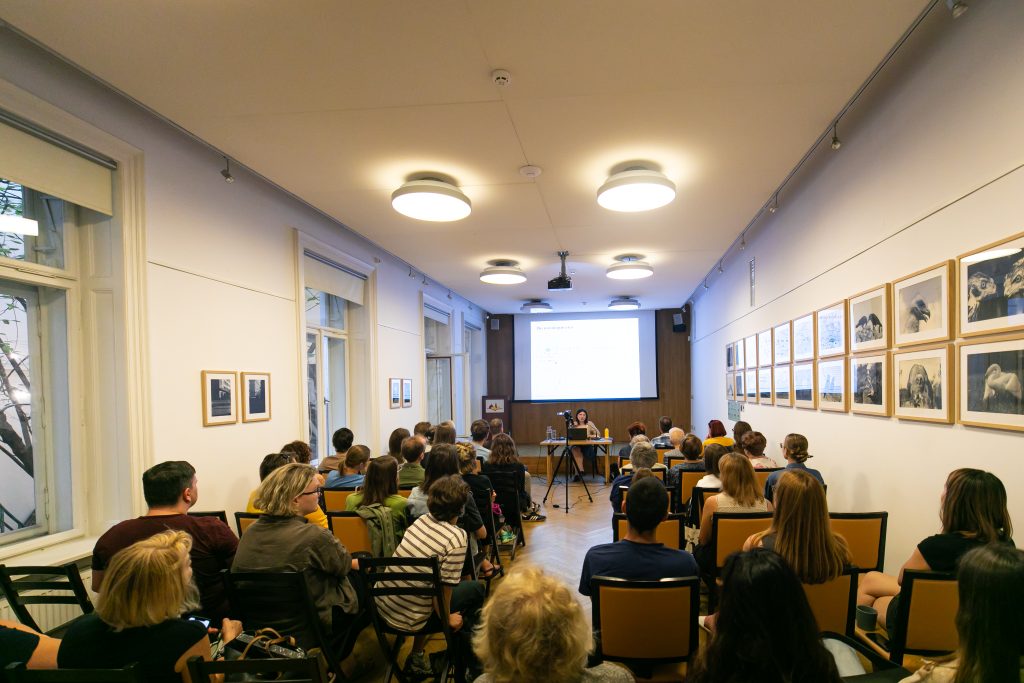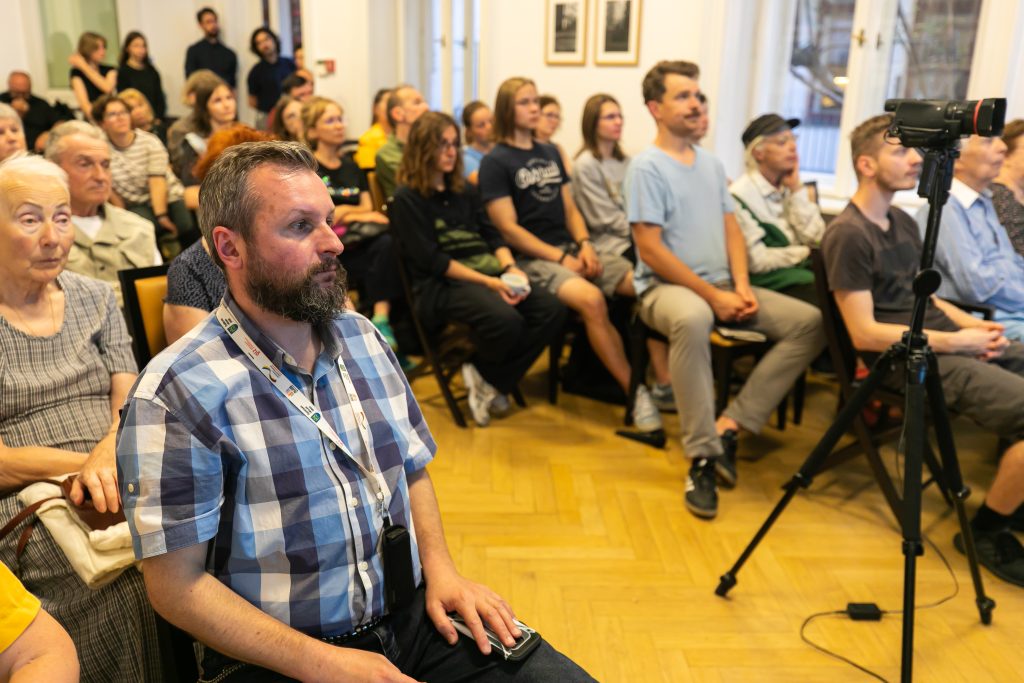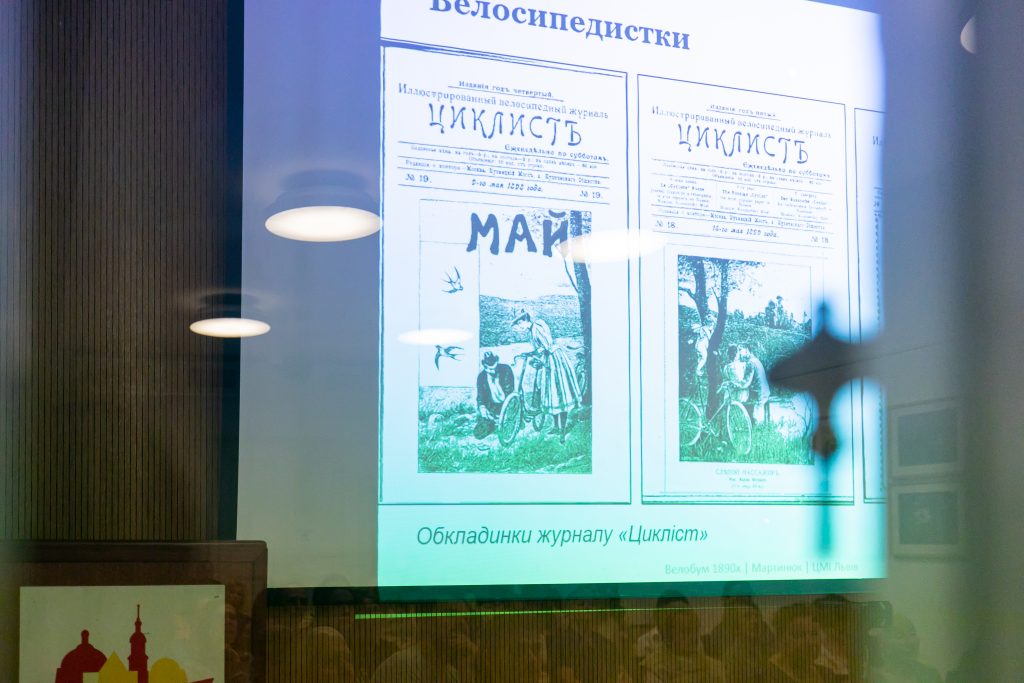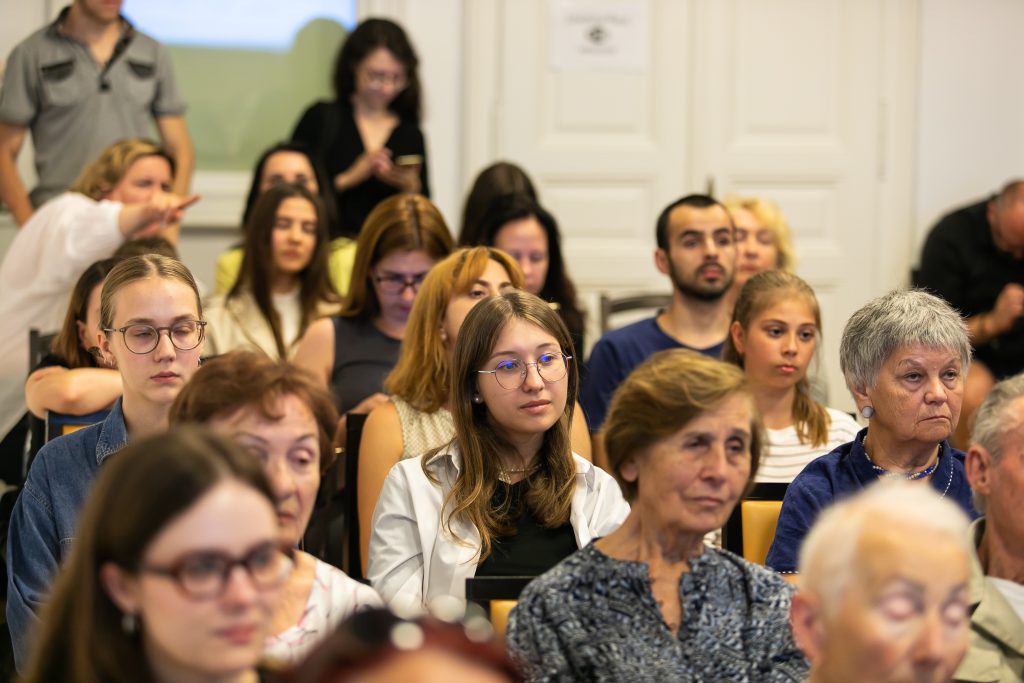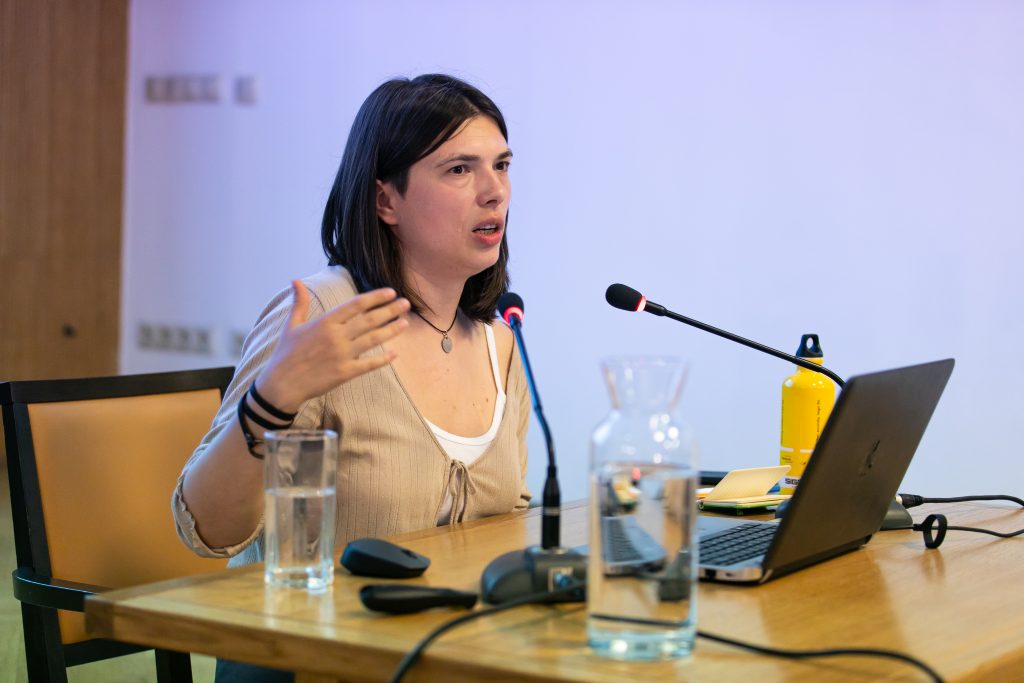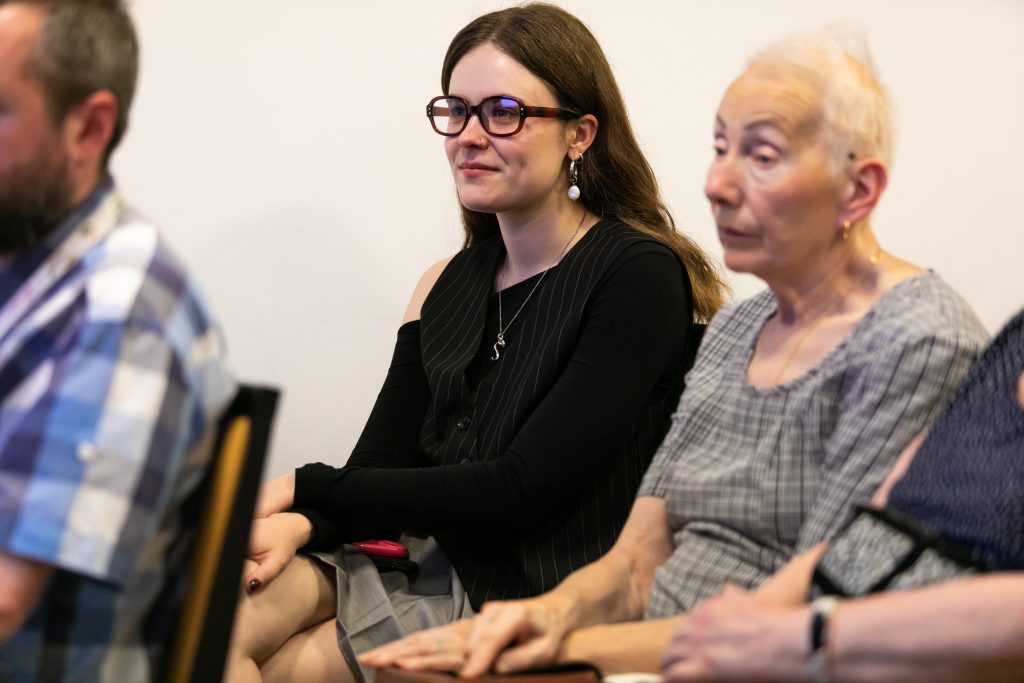Bicycle Boom of 1890s in Ukraine: Local Mobilities Between Imperial Politics
Olha Martynyuk
Guest lecturer at the University of Zurich and the University of Basel1.8.2024,18:30
Conference Room of the Center for Urban History
We invite you to a lecture by Olha Martynyuk that continues the public series "Let's Have a City".
The lecture introduces a world of bicycle producers, retailers, advocates, consumers, and riders in the 1890s Ukraine, at that point part of Habsburg and Romanov Monarchies. It discusses local agency in adopting western technologies, by following an import of mass-produced American bicycle brand "Columbia" in Eastern Europe. A comparison of bicycle clubs in Ukrainian parts of the two empires will illustrate, how imperial ethnic, class and gender politics influenced actual bicycle use on the ground, and how seemingly neutral in political terms local enthusiasts responded to these politics. Although Eastern Europe was late in launching its own bicycle mass-production, the cultural phenomenon of Bicycle Boom, with its enthusiasm, public debate and new standards of bodily conduct, took place at the same time with bicycle-producing western societies.
The spread of the bicycle reflects a scenario of technological progress in which local enthusiasts were the drivers of innovation. The imperial authorities tried to regulate the spread of cycling, but did not have a decisive influence, as in the case of large infrastructure projects. A comparison of the local specifics of the activities of cycling clubs in Galicia and the Ukrainian provinces under Russian rule will demonstrate that the ethnic, class, and gender policies of the empires in some cases led to a slightly different format of self-organization of cycling communities.
A special attention will be paid to a culture of bicycle sports, which emerged in the 1890s due to efforts of local activists and a support from local authorities. New cyclodromes were sites for testing modern technologies, – not only mechanical vehicles, but also electric light and asphalted pavement. Bicycle clubs designed special strategies for funding their initiatives, which at times involved creative solutions like gambling and alcohol sales. Swept out in the course of rapid urbanization of early 1900s, the cyclodromes in Ukrainian cities remain until now a forgotten page in the history of sports, mobility and cultural modernization.

Olha Martynyuk
Senior Lecturer at the Department of History, Igor Sikorsky Kyiv Polytechnic Institute. Candidate of Historical Sciences (2017). Guest lecturer at the University of Zurich and the University of Basel. Her research interests include the history of transport, ecology, urbanism, gender, and political everyday life.
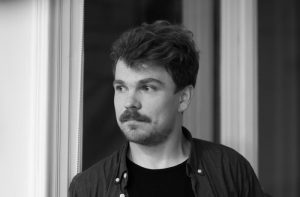
Oleksandr Makhanets
Center for Urban HistoryChief archivist, researcher at the Center for Urban History. The research interests include media history, digital archives, photography, cinema, amateur film practices, digital humanities, social history, and visual studies.
Credits
Cover Image: Pupils of the Kyiv gymnasium in the late 19th century during a cycling competition (now the "Yellow Building" of the Shevchenko University) // Pshenychnyi Central State Film and Photo Archive of Ukraine // Urban Media Archive of the Center for Urban History
Gallery: Ira Sereda
